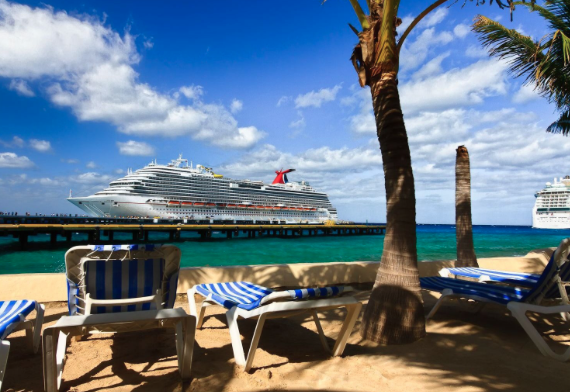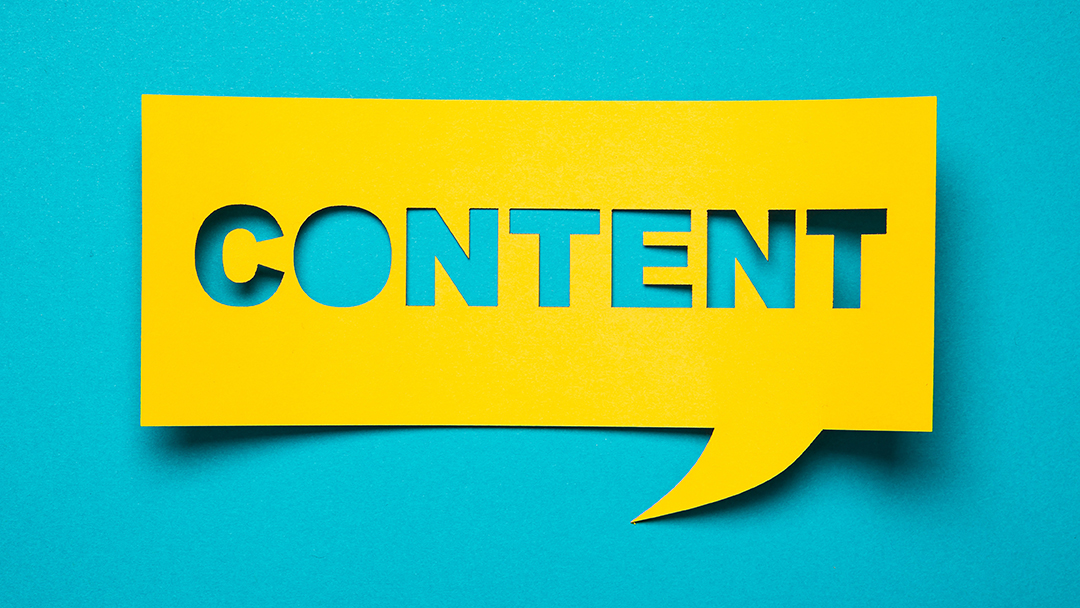How to Find the Right Content Marketing Agency for YOUR Company
According to a recent study of Digital Marketing Agencies, over 60% of brands who utilize an outside marketing agency are looking for an all-in-one...
2 min read
![]() StoryTeller Team
:
Nov 11, 2014 12:51:00 PM
StoryTeller Team
:
Nov 11, 2014 12:51:00 PM

According to hospitalitynet.org, Millennials will become the core customer within the hospitality and travel industries over the next five to ten years. And since we know Generation Y prefers to be marketed to in the form of branded content (rather than in traditional, interuptive forms), let’s review the five best and worst content marketing for the travel industry:
1. eBooks: The eBook is the gold standard for travel industry content for a number of reasons. It’s visual, informative, comprehensive, shareable, suitable for call-to-action and “Tweet Me” buttons, and gated (meaning you can ask for an email address in exchange for the download).
2. Checklists: A printable pre-vacation checklist puts a piece of branded content in the hands of a prospective or booked traveler. Not only is it a helpful document that your prospects and customers will actually use, but it also shows your business has done its homework.
3. Blog Posts/FAQs: Blog posts may seem like a boring option for the prospective traveler, but their usefulness is three-fold: First, it gives your company an SEO boost. Second, it shows people that your destination is not a ghost town. Most importantly though, blogs are great forms of content to be printed and distributed to newly arriving guests. Blog posts are this generation's (long form) FAQs, and are great resources for visitors who have questions about your property(ies) and services upon arrival.
4. Email/Newsletters: Email may seem like an oudated Internet marketing tactic, but studies show that email is still far more effective (11% or more) than social media in attracting customers. Newsletters are easily reproducible month-after-month, and can consist of nothing more than compilations of your monthly content. Plus, if you’re using inbound marketing (and not purchasing email lists), your list of email addresses will already be prospects! Email is about as good as it gets when it comes to top-of-mind marketing, which is an attractive approach for the hospitality industry.
5. Micro-videos: Micro-videos (such as Vine or Instagram’s video feature) are great tools for destination marketing because the services you are offering are (for lack of a better term) “out-of-reach” for your prospects. Give them a small taste of what it would be like if they were to book with you. (e.g. a point-of-view video from someone riding down your hotel’s waterslide).
1. Podcasts: What excites you about a vacation may not excite someone else. Podcasts aren’t navigable for Internet users in that listeners can’t choose what they want to hear or “flip through” to get to what they want. Plus, they’re audio-only.
2. White Papers: Of all the forms of content marketing, white papers are the most formal and boring. Vacations are supposed to be fun! Even the driest information (e.g. information about the metal used in the construction of a cruise ship) can be illustrated in a more exciting (visual) format, such as an infographic or eBook.
(Note: These are general rules of thumb. If your hotel is ultra-luxurious and attracts academics and white-collar customers only, then white papers are an option).
3. Tri-Fold Brochures: Brochues used to be a staple of travel industry marketing, but have since been surpassed by digital properties that have a longer shelf-life and offer accessibility to anyone within reach of a smartphone, tablet or computer.
4. Magazines: Magazines aren’t all bad for travel marketing, but they do have an inherent deficiency. First off, they simply take too long to produce. Unless your hotel has a checkbook larger than most, you likely don’t have the resources to produce a magazine on a regular basis. Second, magazines are typically a monthly or quarterly publication, and 36% of Americans haven't even taken a vacation in the last year – let alone in the past one to three months. Why expend massive resources to market to people who aren't always in the market for your services?
5. Webinars: Sure, you could hold a webinar with a dynamic speaker and gorgeous photography, but there are simply better ways to get your message across. Plus, vacations are typically family-oriented, making the collaborative nature of webinars a bad choice for vacation marketing.
________________________________
Millennials are not content with traditional marketing. Are you keeping up?

According to a recent study of Digital Marketing Agencies, over 60% of brands who utilize an outside marketing agency are looking for an all-in-one...

If you have a blog (and I hope by now you do), there’s a good chance that the majority of your content is being written by your marketing team. Have...
Company blogs are an essential part of modern day marketing and brand journalism. I think most organizations realize this by now, but what remains a...